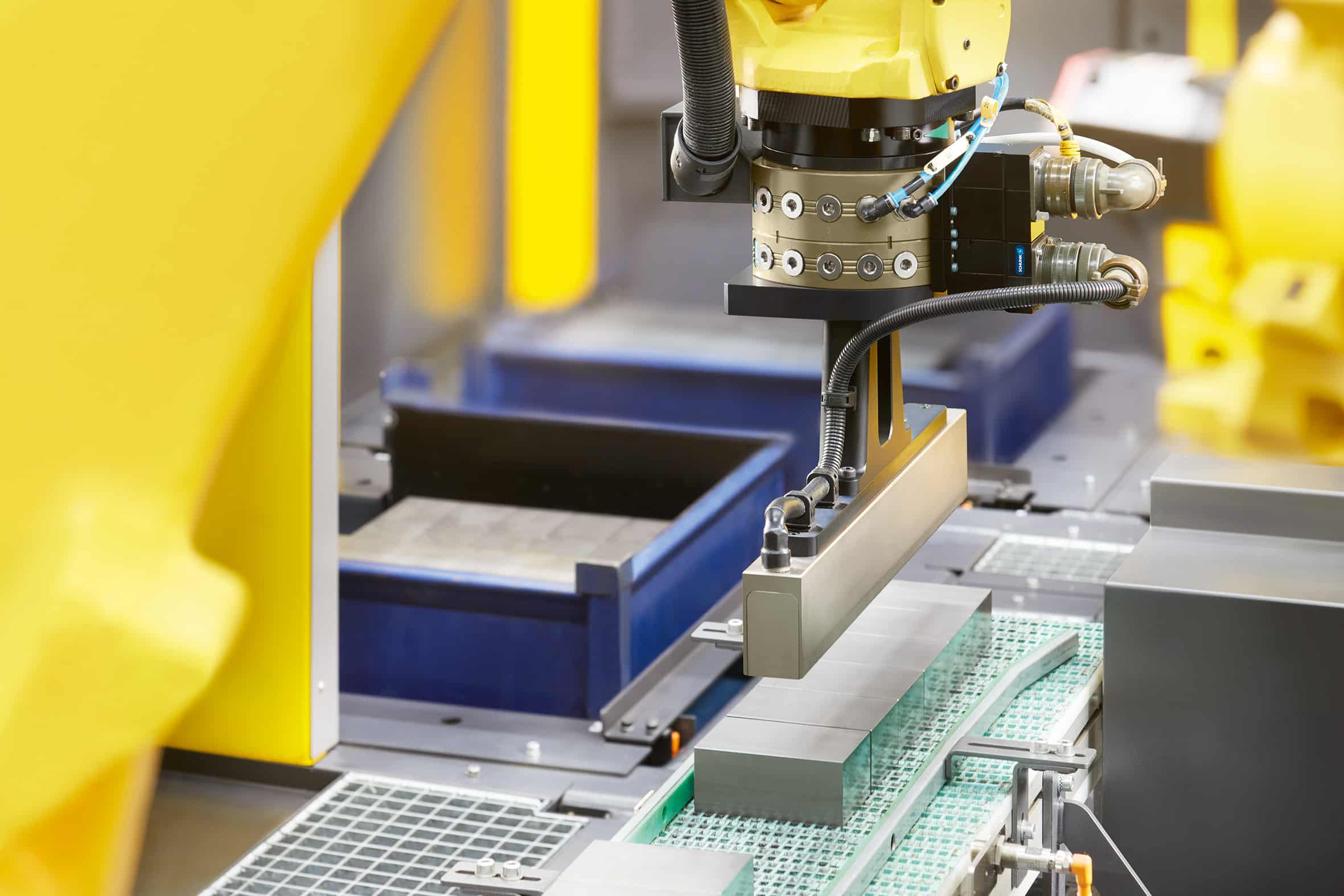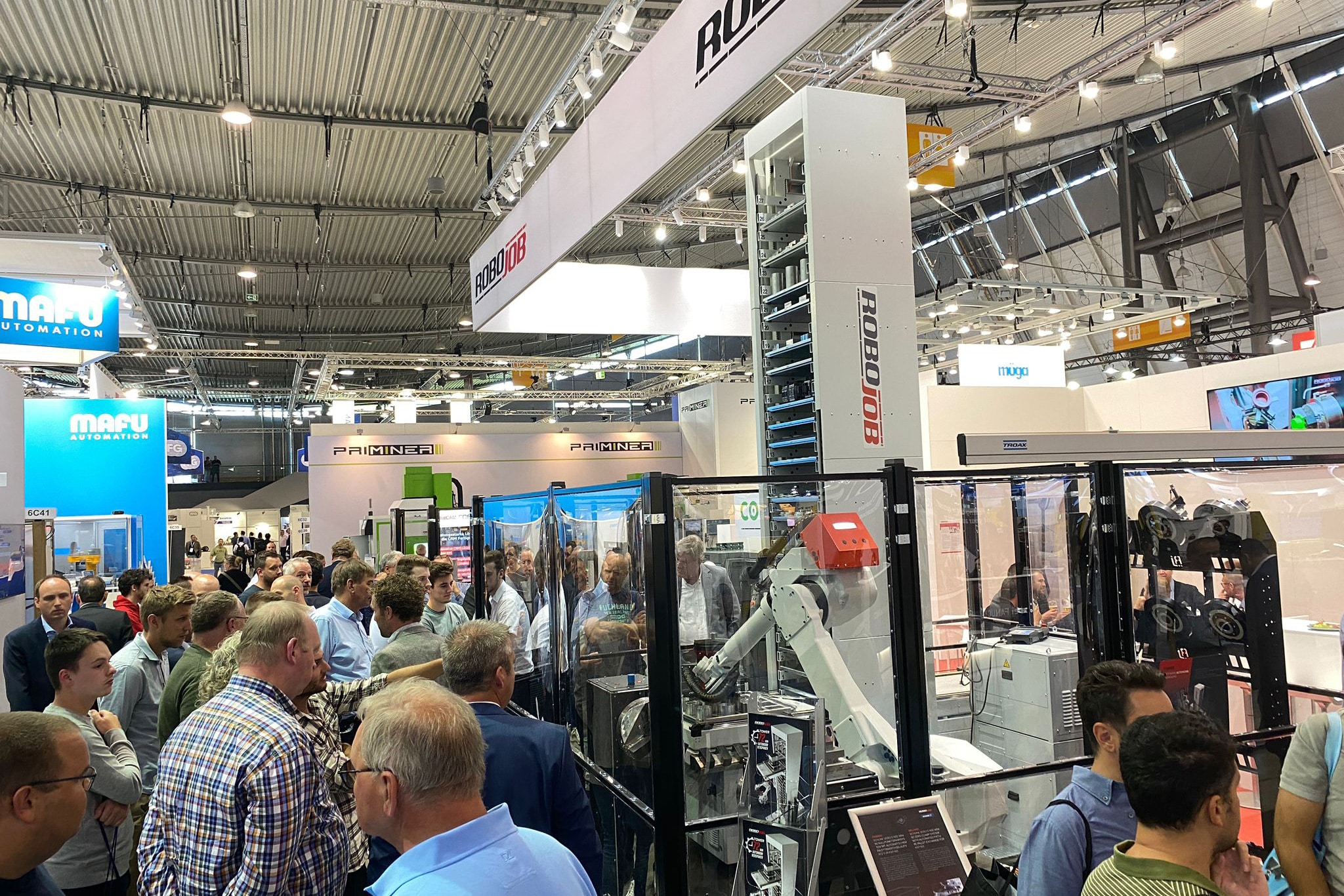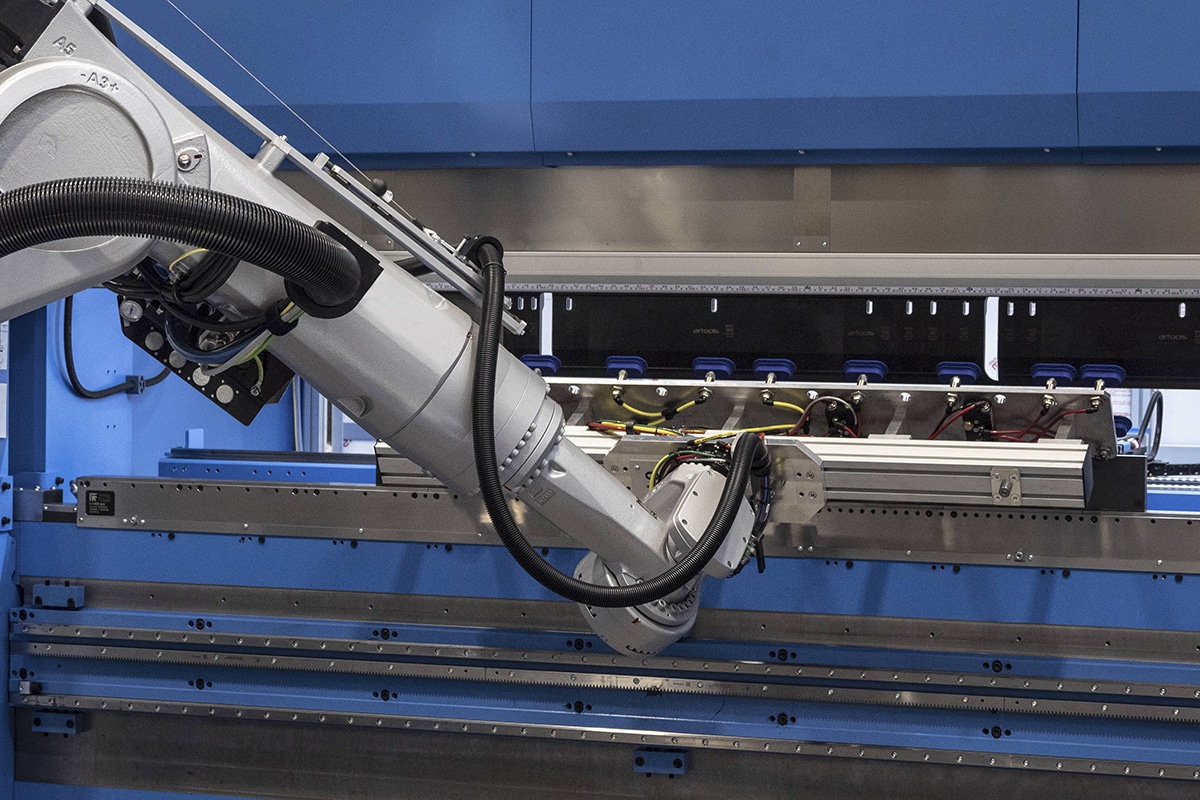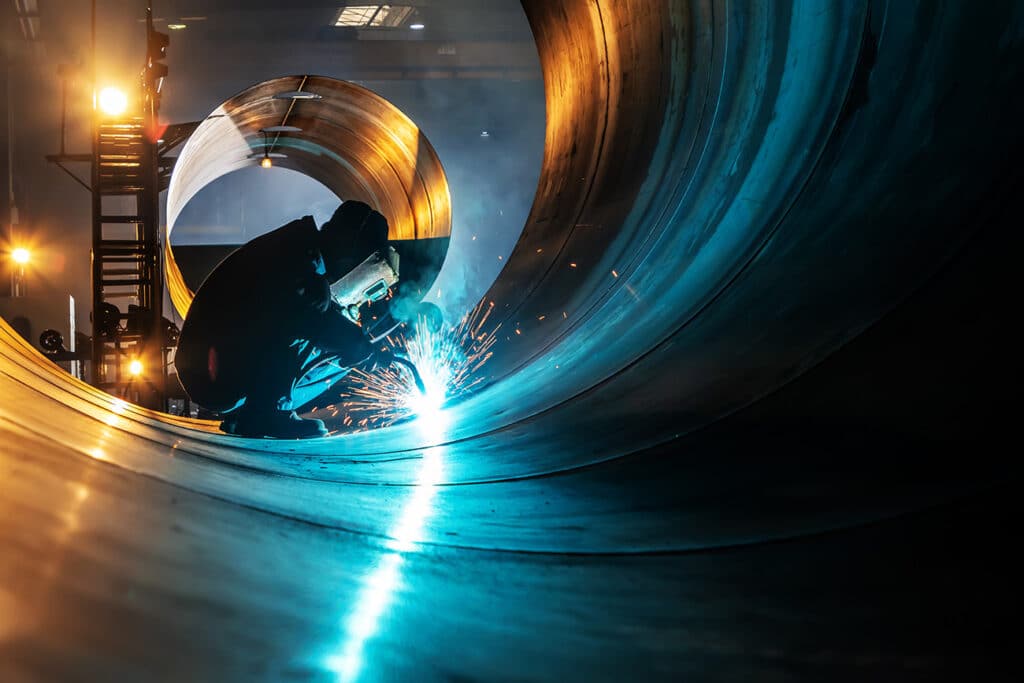
How has corona changed the face of supply?
Corona thoroughly shook the way we treat each other and how we trade. Not only during the lockdown months themselves, when the doors of many businesses remained compulsorily closed. Even afterward, we have not been able to quite return to what was the norm. But what does that new normal look like now for supply companies? How did they adapt to the pandemic and the scarcity of resources that followed?
In 2020, we all underwent massive economic disruptions. Some companies went under, others stood stronger than ever before. That's how it goes in moments of crisis. One of the winners of the corona pandemic was undoubtedly the big tech sector. Digitization and everything related to it were shifted up a gear. Consequently, metal companies that made racks and hardware components for data centers, for example, or structural steel to erect them, had the wind in their sails and recorded record growth in 2020. These were the clear winners, but at the same time the pandemic gave rise to rather subtle opportunities that have major long-term implications. Then we think mainly about exactly what big tech makes possible today and how it sparked global interest in taking advantage of it. Industry 4.0 and its principles suddenly became a reality in industry.
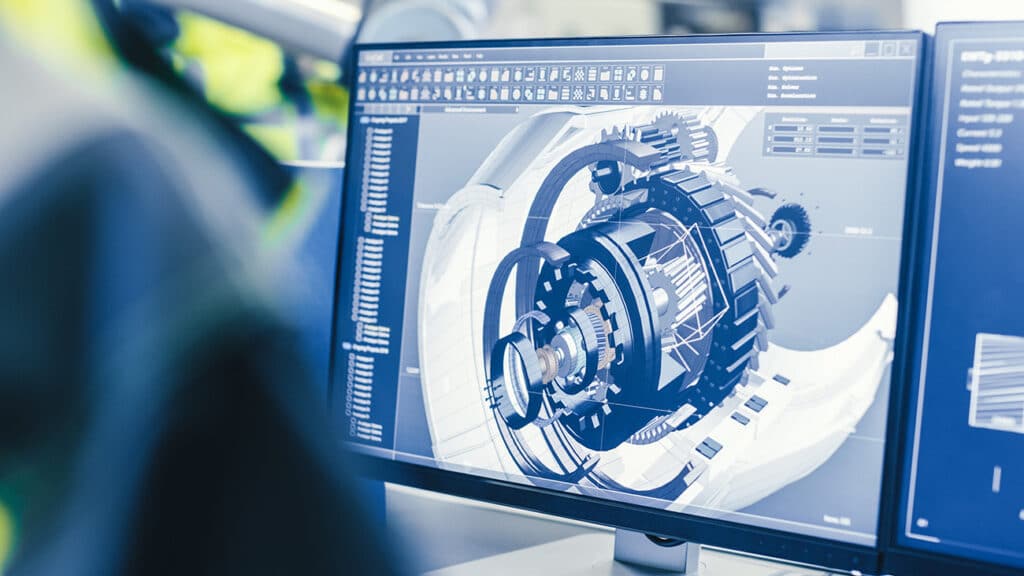
Learning from retail platforms
Companies didn't have to get the mustard from very far away. With stores staying closed, online shopping became the credo. The strength of platforms like Amazon and closer to home Bol.com is that they know how to bring consumers together in one location. As they grow, they can offer customers even more options, which in turn results in even more customers and even more opportunities to invest in those servers, computing power, data analytics ... which suppliers in metalworking could then take advantage of.
But shouldn't the metals industry create its own e-commerce platform? A place where anyone looking for their fill of metal components can go? In 2019, such an idea still seemed off the wall; anno 2022, none of this sounds so strange anymore.
Digitized workflow
To know whether such an initiative is likely to succeed, we need to examine the close relationship between OEMs and suppliers. Most suppliers derive their revenue from several sources. A number of large, loyal customers for whom they run the bulk of their sales, and then a whole host of smaller ones who make sure the machines can keep running. Digitalization has already made its appearance in that relationship as well. Anyone who succeeds in creating a digitized and automated flow from order to finished product can add many more small orders. Just as easily as the retail platform takes an additional order. But what about those larger accounts? How can digitization help suppliers achieve closer collaboration, true partnerships?
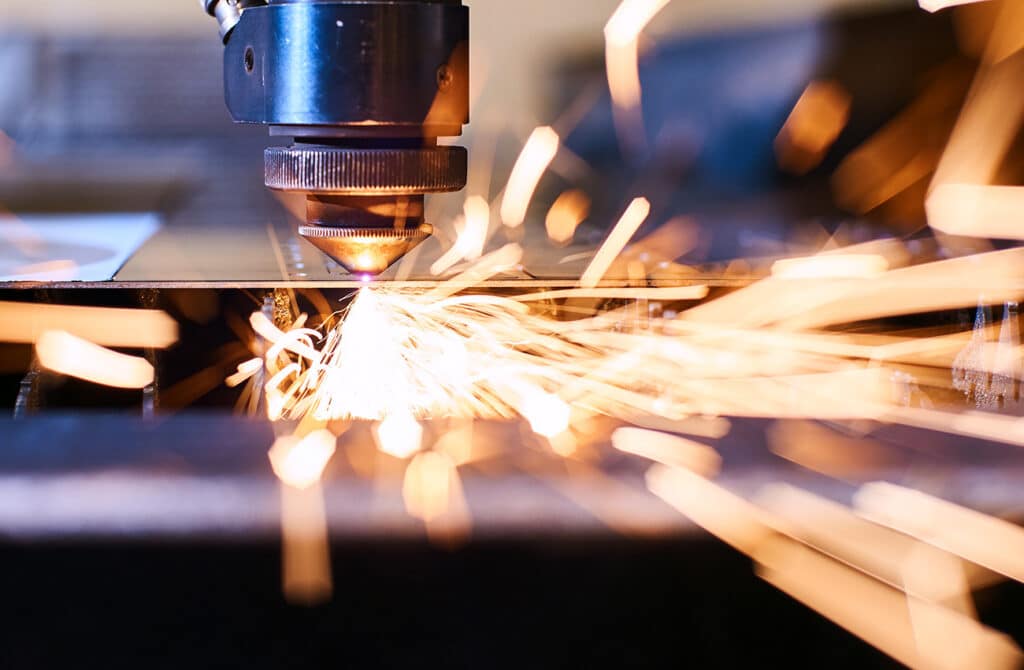
Not everything can be automated and digitized
After all, the relationship between OEMs and the manufacturing companies that supply them with components runs deeper than traditional e-commerce transactions as we know them from retail. There, price is not the only driver and people do not simply switch to a competitor. In-depth knowledge of the customer's products and processes that contributes to better manufacturability, an appropriate logistics service...: that cannot be automated just like that. Here one really needs reliable partners, whether it is supplying in welding, sheet metal, machining, heat treatment, powder coatings... Can this relationship just be converted into an e-commerce model?
Future does become more digital
Before the pandemic, everyone would have answered a resounding no. But today it has become a little more comfortable for all of us to do business virtually.
A second important pillar in this evolution may be the potential behind Industry 4.0. That could open doors to more e-commerce opportunities. As artificial intelligence continues to get more powerful, will it be able to one day determine what can be made and what cannot? And where and when that can best be done? Could this then form the backbone for a kind of Amazon for suppliers in the metals industry?

For greater efficiency and reliability
At least machine manufacturers are already looking in that direction to make their machines more efficient, more reliable and easier to program. There are already such elements woven into machines on the market today. And what if we then connected those smart machines throughout the entire supply chain, from metal service centers to suppliers? Everyone working together to get the customer their right piece, assembled and packaged or not, in the right quantity and at the right time. Just what the new generation of customers, who are used to ordering stuff at the click of a mouse, are looking for.

